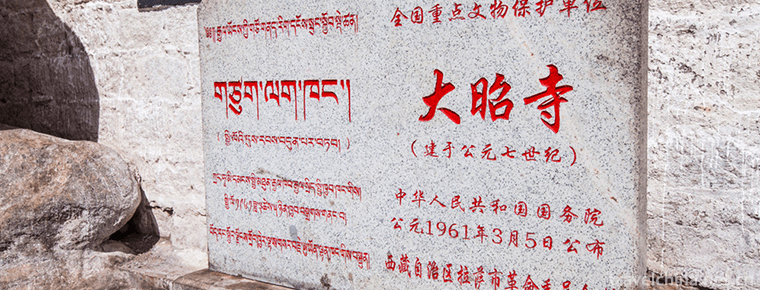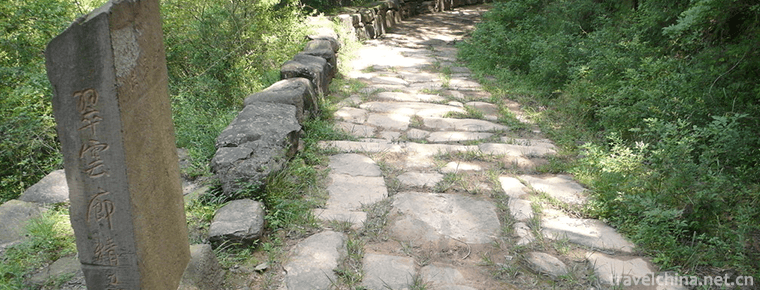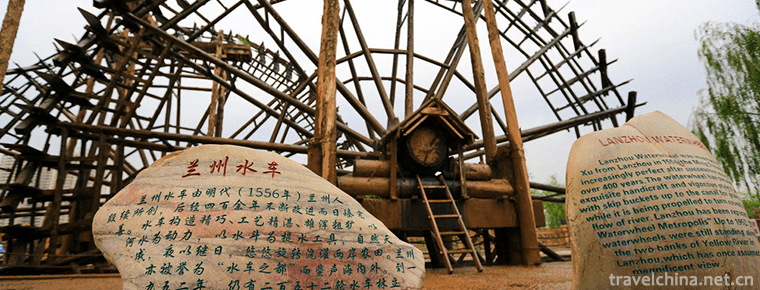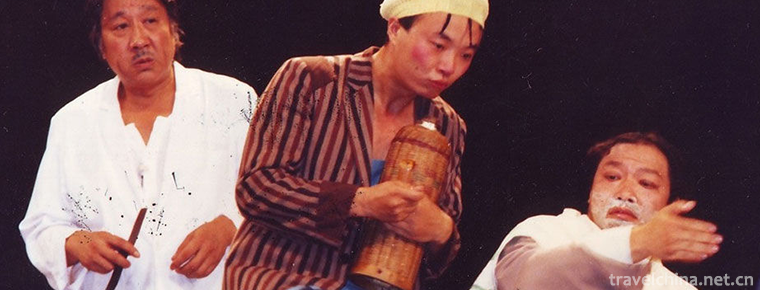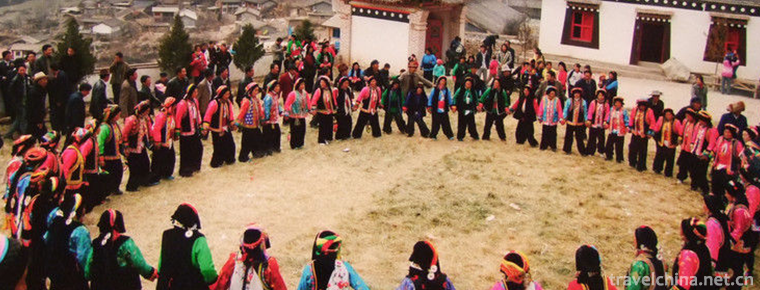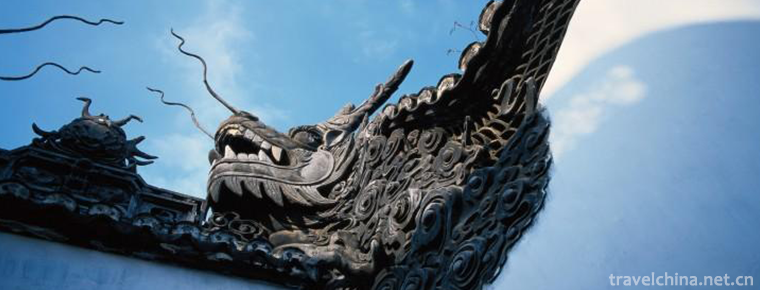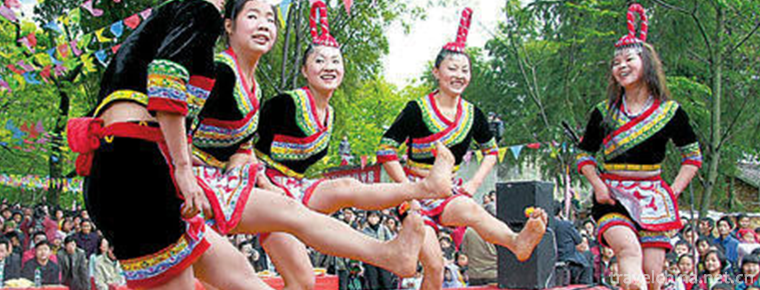Ba Shan Bei Er Song
Ba Shan Bei Er Song
Bashan Beibei Song refers to a traditional folk song which was produced and spread in the area under the jurisdiction of Bazhong City at the southern foot of Micang Mountain in northeastern Sichuan Province. Bazhong is located in a mountainous area. Traffic was blocked in the past. Goods needed to be transported and transported in the mountains were transported by manpower. People called this transported goods "back to the second brother" or "back to the second brother". Therefore, the folk song singing in the way of backhaul has the name of "back to the second song of Bashan". Its manifestation is that one person leads people to sing together with others.
On May 20, 2006, Bashanbei Erge was listed in the first batch of national intangible cultural heritage list with the approval of the State Council.
historical origin
The second song of Bashan back came into being in the hard work of the second brother of Bashan back. Its history is undoubtedly as long as that of the second brother of Bashan back. They worked hard in the deep valleys and mountains, and they were very hard. What kind of snakes went backwards and were worried about ghosts? They were only allowed to move forward and not to retreat. As long as they retreated, they might fall off the rocks. And because there are so many beasts in the mountains, if the back man does not form a group, he may be attacked and eaten by the beasts. So it's natural to combine a team of back elder brothers. Sheep intestine path is hard to walk. Like the old Micang Road, it's a footprint made by the former people with a chisel. It can only put one foot in it. With hungry stomach at noon and hot sun, there's only the lazy cicada calling on the mountain, and there's no sound at all. In this case, exhausted, the old "back elder brother" pestle. Once a dozen, if you want to eat his hot steamed bread, you have to climb slowly. As soon as a few folk songs roar, everyone's mood comes, "Ba Shan Bei Er Song" comes into being in this environment.
"Ba Shan Bei Er Ge" has a history of about 3000 years in Daba Mountains. From Micang Ancient Road and Hanbi Ancient Road, which is the road from Hanzhong to Tongjiang, Liangzhou to Bazhou, these ancient roads are the only way to carry the "back Er Ge" back and forth. Then Micang Ancient Road has a history of 3000 years, so the way of carrying the back Er Ge has a history of at least 3000 years, and accurately recorded the history is Xuanzang to the west of Tang Dynasty. Heaven takes the scriptures, and the Scriptures he retrieves are the ones he carries back with his second brother's flat shoulder. Therefore, "Bashan recite two songs" should have a history of 3000 years.
From generation to generation, the two elder brothers of Bashan have crossed the Bashan Mountains and traveled long distances along these ancient roads, carrying grain and grass, or carrying weapons, or carrying daily necessities for material exchange. They have made immortal contributions to the promotion of material exchange and economic development in Sichuan and Shaanxi. Existing on a stone tablet in the Cienta Courtyard of Xingjiao Temple in Chang'an County, Shaanxi Province, there is a Song Dynasty craftsman imitating the original tablet inscription "Xuanzang Picture of Sutras". The tools used in Xuanzang's recitation of Sutras are exactly the same as the "back rack" carried by the two brothers in Bashan today. This shows that people began to use the "back rack" as a means of transport before the Tang Dynasty.
Ba Shan Bei Er Song was produced with the long-distance backhaul of Ba people. People formed a huge team to carry goods on the ancient Ba Zhong Road and created the "Ba Shan Bei Er Song" in their labor. The huge backpack team sings and overlaps in the long backpack journey, learning and exchanging with each other. There is no fixed relationship between teachers and apprentices. It belongs to the spontaneous inheritance. Because of its beautiful melody and abundant interest, the backpack songs are widely sung among the people.
"Bazhou Chronicle - Customs Chapter" contains: "In Yongzheng reign of Kangxi, seedlings were planted in spring fields, and two singers beat drums and bowls on Longshang, singing in a manly voice, singing alternately today, beautiful and audible, so that the tillers forget their fatigue and work together." This shows that singing in labor can make people forget their fatigue, so the two elder brothers of Bashanbei who are engaged in long-distance backhaul sing folk songs to eliminate fatigue is also out of nature and has been passed on to this day.
artistic characteristics
The lyrics of reciting the second song are mainly composed of seven-character metrical style, and mostly use fu, Bi and xing. The lining words are commonly used in real words, and the mode is a symbolic mode. The structure of the melody is a single paragraph of the upper and lower two phrases. It does not constitute a heavenly high-pitched folk song. The singing is high and melodious, and the style is bolic and bold. At the end, it is a long and short sighing tune, which has regional characteristics.
The language of Ba Shanbei's two songs is humorous and interesting. They are all improvised works. Puns are often used to express people's inner world. Most of the lyrics of "Ba Shan Bei Er Ge" are seven-character metrical poems with 223 structure, and their writing techniques are fu, Bi and xing. For example: Bending back frame like a boat, love brother back iron and salt, chicken crow three rounds on the rise, the sunset before reunion. In addition to the commonly used function words, the lining words of "Ba Shan Bei Er Song" also use real words as the lining words of other Ba Shan folk songs, which is one of the greatest characteristics of "Ba Shan Bei Er Song". If you recite your second brother's life, the linings are often only "good friends" and "love brothers". These linings refer to the two brothers greeting each other. If you sing a love song, the linings are "good sister", "love sister" or "love brother". The debugging of "Bashan Bei Er Song" is all the requisite mode in the national pentatonic mode; its musical form is a single part of the upper and lower two phrases; its singing voice is high and melodious, and it can cross mountains, cross clouds and drill fog. At the end of the song, there is a long breath and a short sigh - "Ye-Hey! "
There are many kinds of "Ba Shan Bei Er Songs" on the music cards, but there are some differences between the "Bei Er Songs" sung in Shangnan River and the "Bei Er Songs" sung in Tongjiang River. But the whole framework of the music melody belongs to the style of Daba Mountain. It's just a little different, but the lyrics of reciting the second song are different from place to place. For example, the second brother of Bashan is going to be tired. In order to eliminate fatigue, he sings love songs. For example, when my second brother is tired of walking, he starts to beat up and sees a girl in the river. He wants to tease this little daughter-in-law. He immediately sings with a pestle: the river is full of water and sand, and my sister jumps over the stool and looks dazzled. Which sister do you belong to? Do you want me to pull you? The woman answered him immediately: You didn't come to the door brother, I was the flower that the bee had rushed, I had flowered and fruited, you did not think of a way on me. Everyone laughed and strength was restored.
Compared with Qinghai's Huaer, Guangxi's love songs and Xintianyou, Daba Mountain's "reciting two songs" lyrics are very rich and beautiful. Many lyrics can't be changed. For example: laying hens blush, prostitutes and wives are very different, walking like willows, a pair of eyes like lanterns. Another song: Get up early in the morning to climb the hill, dew buckwheat laughs, I asked buckwheat what to laugh, laughed at you two last night..
As a kind of folk song, "Bashan Bei Er Song" vividly reflects the living conditions, working scenes and inner world of Bei Er brother. Its main form of expression is singing in the way of backpack, often led by one singer and accompanied by others. There are recitation songs that praise hard work and bravery, hardship and hardship, singing back-carrying tools, singing back-two songs of labor, and singing back-two songs that reflect the content of romantic songs in order to eliminate fatigue, and so on. For example, "The tall Daba Mountain is only three feet three from the sky. If you want to cross the top of the mountain, you have to carry your elder brother's iron foot pole." It is difficult to walk barefoot and seventy-two feet don't do it. "Another example is:" The pickpocket is two feet small, and can not be separated from it on the uphill and downhill. It is worse for his own son to cross the river and tread water for shallow exploration. "In the two songs of Bashan Bei, the content of singing love is very rich. This is related to the hardship of carrying the heavy load of the second brother. They use love songs to eliminate fatigue in their work. Just as the second brother sings, "If you don't sing that thing in a day, the sun in the sky is not partial to the west." "
"Ba Shan Bei Er Ge" is a reflection of Ba Shan people's spiritual culture, a basis for studying Ba people's history, a carrier of Ba Shan people's customs and customs, and has unique artistic value. Its lyrics are mostly fu, Bi and xing, vivid and vivid, and the artistic conception expressed is often only meaningful and inexplicable, which is wonderful; its melody is fresh and fluent, its singing voice is high and bright, its style is bold and bold, and it has very regional characteristics. In the early 1960s, artists from Chongqing Song and Dance Troupe, Sichuan Song and Dance Troupe and Sichuan People's Art Theatre went to Bazhong to collect styles. They compiled the dance works "Two Brothers on the Back of Bashan" and the vocal works "Two Songs on the Back of Bashan". The original "Two Songs on the Back of Bashan" was recorded and broadcast by Sichuan TV and CCTV.
Due to the intensification of the modernization process, the backhaul industry has evolved from long-distance backhaul to short-distance backhaul today, and the number of employees is becoming smaller and smaller. The "Bashan Back Two Songs" are gradually losing the space for survival and development, facing a crisis and in urgent need of protection.
Representative works
Dance works "Two Brothers at Bashan Back" and vocal works "Two Songs at Bashan Back" etc.
Inheritance significance
The state attaches great importance to the protection of intangible cultural heritage. On May 20, 2006, the two songs of Bashan Bei were approved by the State Council and listed in the first batch of national intangible cultural heritage lists.
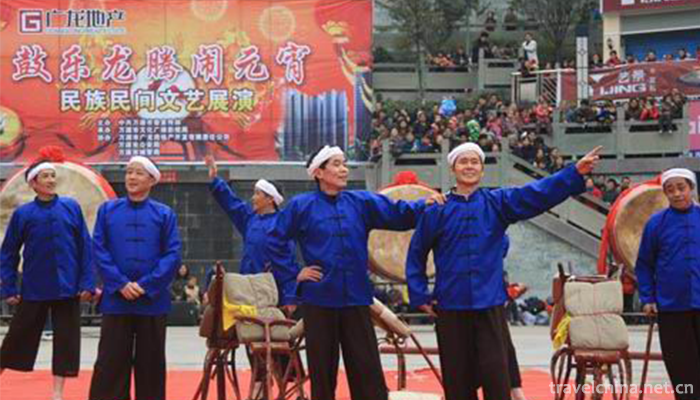
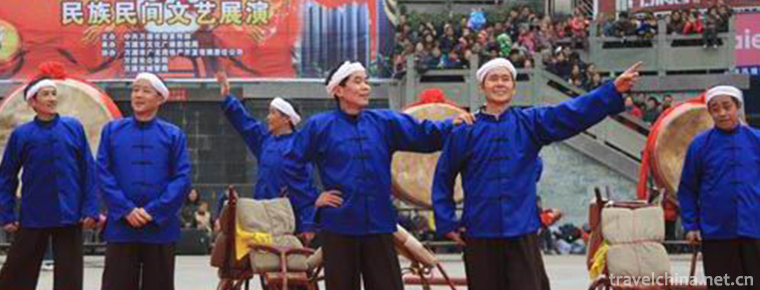
Ba Shan Bei Er Song
-
Stirfried Shrimps with Longjing Tea Leaves
Lobwell shrimp is a famous Hangzhou dish with a strong local flavor. It is made of lobwell tea and shrimp before and after the Qingming Festival.
Views: 211 Time 2018-10-27 -
Dazhao Temple Scenic Area in Lhasa
Dazhao Temple, also known as "Zula Kang" and "Jue Kang" (Tibetan meaning for Buddhist temple), is located in the center of the old city of Lhasa. It is a Tibetan Buddhist temple bu
Views: 147 Time 2018-12-12 -
Four Seasons Hotel Shenzhen
Four Seasons Hotel is an international luxury hotel management group, headquartered in Toronto, Canada. It was founded by Mr. Isado Sharp in 1961. Now it has more than 90 hotels and resorts in nearly
Views: 399 Time 2018-12-16 -
Cuiyun Lang Scenic Area
Cuiyun Corridor, also known as "Huangbai Avenue", is a green corridor composed of nearly 10,000 green roads and ancient cypresses. It is the oldest and most well-preserved ancient road traff
Views: 130 Time 2019-01-06 -
Waterwheel Garden
On August 26, 2005, Lanzhou, known as the "Water Vehicle Capital", built a Water Vehicle Expo Park, which reproduced the spectacular scene of water vehicles on both sides of the Yellow River
Views: 237 Time 2019-02-08 -
Iron Man Wang Jinxi Memorial
The Iron Man Wang Jinxi Memorial Hall was built in 1971 to commemorate the pioneer fighter of the Chinese working class, the Iron Man Wang Jinxi. The Ironman Memorial Hall
Views: 204 Time 2019-02-22 -
One Man show
A kind of folk art. It is usually performed by one or two or three people. It is lively and funny, close to northern crosstalk. It is popular in Shanghai, Hangzhou and other places.
Views: 116 Time 2019-04-28 -
Duodi dances
Multi-place dance, Tibetan folk dance, is a unique way for Tibetan people to dance and sing. It mainly distributes in three areas of Zhouqu County, Gansu Province
Views: 366 Time 2019-04-28 -
Restoration Techniques of Ancient Architecture
Ancient buildings are an important part of historical relics in China. Protecting, restoring and renovating ancient buildings is one of the important tasks in the protection of cultural relics.
Views: 206 Time 2019-05-01 -
March 3 She Nationality
March 3rd is the traditional festival of She nationality. Every year in this festival, a grand song is held, and ancestors worship Valley God, singing and dancing. It is very lively. In addition, we h
Views: 203 Time 2019-06-14 -
Genghis Khan Cheng Ji Si Han
He was a Jin Jin. He was from May 31, 1162 to August 25, 1227. Yeke Mongghol Ulus Khan, outstanding in world history. Politician , Militarist
Views: 162 Time 2019-09-07 -
Suining social security
By the end of 2019, there were 23400 registered unemployed people in Suining, with the registered unemployment rate of 3.62%. 855000 people participated in the basic endowment insurance for urban employees, an increase of 114800 over the end of last year.
Views: 145 Time 2020-12-16

